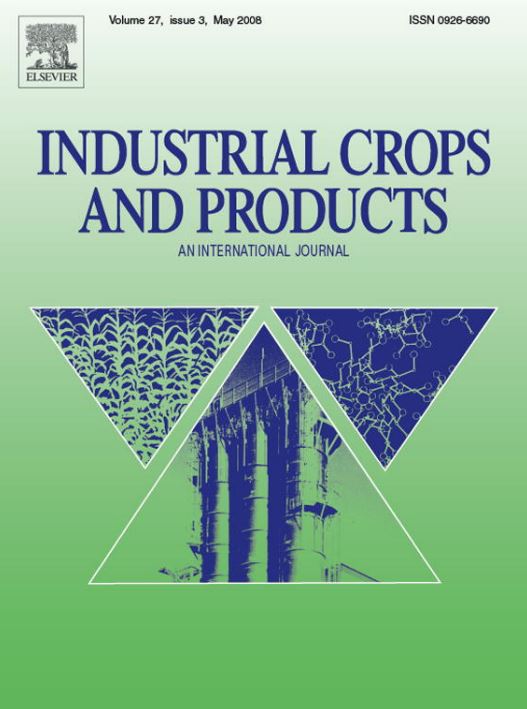Current biological control strategies in cannabis (Cannabis sativa) cultivation have resulted in poor efficacy for managing certain insect pests. The cannabis industry has grown at a rapid pace, surpassing our ability to develop knowledge on the production systems for this crop. Currently, the research focus is on optimizing agronomic and environmental factors to maximize the yield and quality of cannabis. However, cannabis growers are increasingly challenged by severe insect pest pressure, with few effective options. Decades of research have optimized biological control strategies in other crops. The implementation of effective biological control strategies in cannabis is hindered by a variety of morphological, biochemical, and agronomic factors unique to this crop. Here, we review the rather limited literature relevant to insect pest management in indoor cannabis production. Further, we have identified three factors that we believe are primarily responsible for the ineffectiveness of biological control in cannabis: Plant morphology including trichome density and floral resources, effects of plant biochemistry on prey suitability, and finally the effects of supplemental lighting including photoperiod, intensity, and spectrum. We highlight the importance of prioritizing the evaluation of these factors to improve our understanding of the tritrophic interactions governing the success of biological control in cannabis cultivation. As intensive research efforts are underway to optimize agronomic practices for cannabis, it is also important to consider their relevance to biological control.



